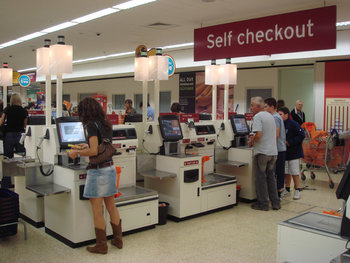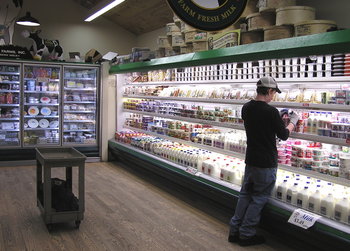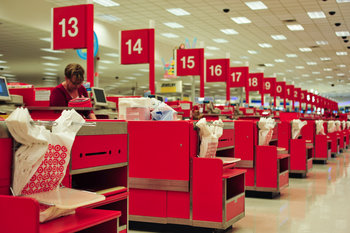
Overview
Same-store sales requires a set of comparable stores in order to compare gross revenue between two months, financial quarters or years. As stores may be continually opening and closing this set of stores can change with time. Typically, stores with less than one year of sales history are excluded. Same-stores sales is expressed as a percentage that indicates the growth or decline in sales.Calculation
The process of determining a set of comparable stores often requires significant interpretation. The basic calculation for same-store sales is as follows.same store sales = ((new sales / old sales) - 1) x 100Example
A retail chain classifies 120 stores as comparable for 2017 and 2016. In Q4 of 2016, the stores have revenue of $776 million. In Q4 of 2017, the stores have revenue of $806 million. Same-store sales is calculated as:same store sales = ((806 / 776) - 1) * 100 = 3.9%The results indicate that sales were 3.9% higher in comparable stores in Q4 2017 as compared to Q4 2016.Value
Same-store sales provides a stable view of the performance of a retail business without the noise surrounding the opening and closing of stores. Rapidly opening new stores can simulate growth but such growth is unsustainable if same-store sales experiences a material decline.| Overview: Retail Metrics | ||
Type | Retail MetricsSales MetricsMarketing Metrics | |
Definition | A financial metric that compares the gross revenue of comparable stores between two periods of time. | |
Also Known As | Comparable store salesIdentical store salesComps | |
Related Concepts | Retail MetricsSales MetricsMarketing Metrics | |





























